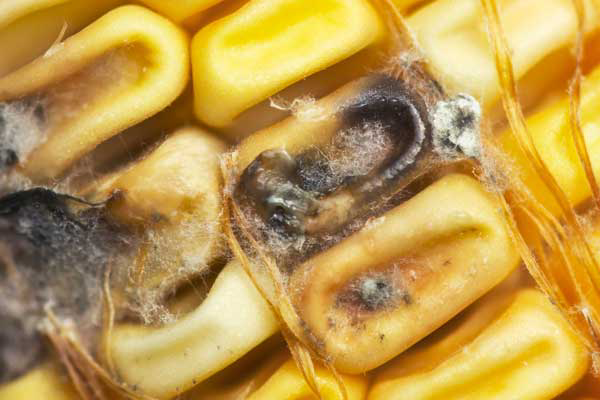Nutriad finds mycotoxins in some Polish maize

The 2014 harvest of maize in Poland is of poor quality in terms of mycotoxin contamination. This is the conclusion of a mycotoxin survey, carried out by animal nutrition company Nutriad.
The survey covered 36 maize samples from all over Poland. More than 216 analysis were conducted to test for the occurrence of the six most frequently found mycotoxins in agricultural commodities intended for animal production: aflatoxin B1 (AfB1), zearalenone (ZEN), deoxynivalenol (DON), T-2 toxin, fumonisin B1 (FB1) and ochratoxin A (OTA).
Direct sampling maize
All samples were collected almost immediately after the harvest and the probability that some storage mycotoxins will have developed (OTA) was low. Maize samples were sampled directly from farms or animal feed production sites.
DON and ZEN in all samples
The results show that 100% of maize samples were contaminated with DON and ZEN. None of the samples contained AfB1 and OTA. Exactly 25% of samples contained FB1. The average concentrations of all recovered mycotoxins were medium to high while the highest concentration of DON found in one of the samples reached 7900 μg/kg.
T-2: Harmful for poultry
T-2 toxin, a mycotoxin extremely toxic for poultry was found in 63% of the samples; its maximum concentration reached 120 μg/kg and this level could be significant for poultry or other monogastric animal species.
ZEN: Toxic for most animals
Of even more interest was contamination by zearalenone; 100% of samples were contaminated and the highest analysed concentration was 2600 μg/kg. The average ZEN contamination was 291 μg/kg and this level can be considered medium to high risk for most animal species.











